What vegetables can you grow at high elevations? You can successfully grow any vegetable that matures within 60 to 80 days, depending on your growing season. The following vegetables mature within this timeframe:
- potatoes
- beets
- turnips
- carrots
- pole beans
- peas
- leafy greens like lettuce, kale
- short season cabbage
In this blog post, we’ll explore what vegetables grow in high elevations and give some tips on how to get started with growing your own. So read on to learn more!
What Vegetables Grow in High Elevation?
Several vegetables grow in high elevations, including potatoes, root vegetables like carrots or beets, and pole beans and peas. These vegetables have adapted to the colder temperatures and thinner air of high elevations, and they tend to grow better in these environments than other types of vegetables.
Potatoes originally come from the Andes and hundreds of varieties were bred there starting back to 2,500 BC (source).
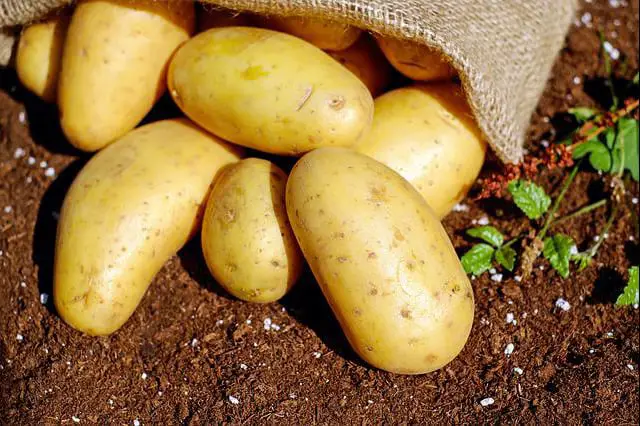
The only root vegetables that do poorly in high-altitude mountain areas are rutabagas and sweet potatoes.
One important thing to note is that the growing season for vegetables at high elevations is shorter than at lower elevations, so it’s important to plan accordingly if you want to grow your vegetables in this type of environment.
For Calories – Potatoes
The potato is a cool-weather crop and can be grown in many different climates. It’s your best bet for a high-calorie survival crop at high altitudes.
Potatoes do best in rich, sandy soils with a pH of 5.3-5.8. They need at least six hours of sunlight per day and should be planted after the last frost date in your area.
For Protein – Pole Beans and Peas
Peas and pole beans are some of the best sources of protein you can grow at high altitudes. Both are ready to harvest 65 to 80 days after planting.
Try planting peas and beans outside in early June. Beans don’t take well to transplanting. You will want to experiment with different varieties to find those that perform best at high altitudes for your specific region.
Beets
Beets are another great option for high-altitude gardening. They can be planted as soon as the soil can be worked in the spring and will be ready to harvest in about 60 days.
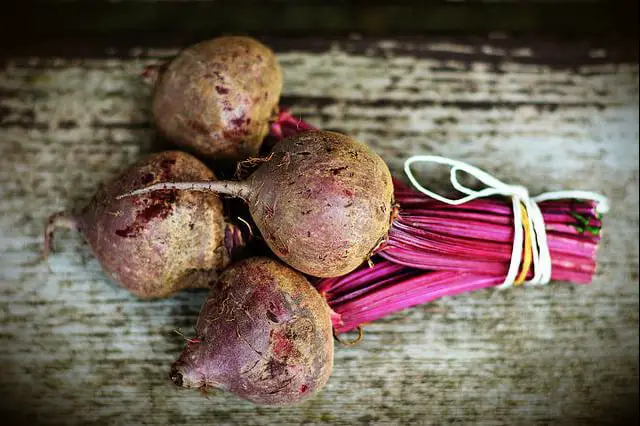
Carrots
Carrots are one of the few root vegetables that thrive in high elevations. They can be planted as soon as the soil is workable in the spring and will mature in about 70-80 days.
Since most high altitude areas will only have 80 days of frost-free weather at the max you may need to use cold frames or other frost protection at the beginning and end of the season.
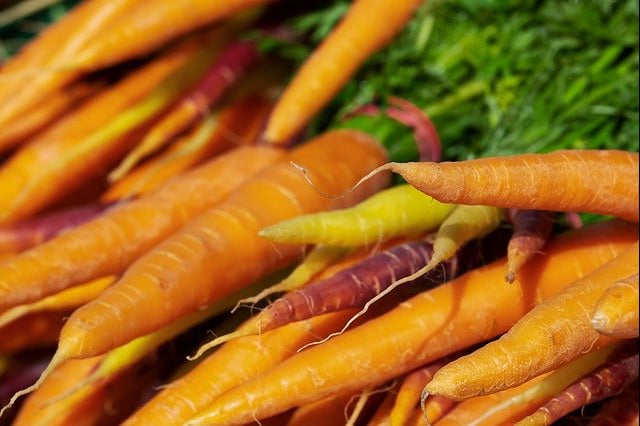
Cabbage
Cabbage is a cool-weather crop that can be grown in many different climates. Cabbage matures in about 60-100 days depending on the variety. It may not have many calories but makes a great soup filler.
You won’t be able to successfully grow cabbage varieties that take 100 days to maturity. Instead, look for short-season varieties like ‘Savoy Express’ (55 days to maturity), ‘Parel’ (50 days), or ‘Red Express’ (68 days).
Turnips
Turnips are another cool-weather crop that can be grown in high altitudes. They mature in 40 – 55 days and can be harvested as soon as the roots are big enough to eat.
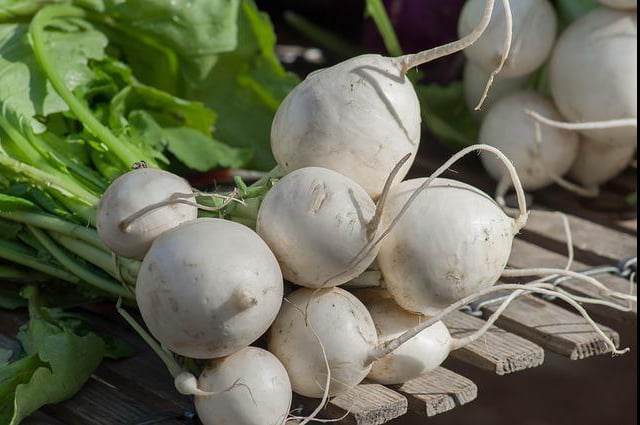
Radishes
Radishes are one of the fastest-growing crops you can grow. They mature in about 21-30 days making them an excellent addition to any high elevation garden.
Lettuce
Lettuce is a cold-hardy crop that can be grown quickly at high altitudes. It matures in about 30-45 days and can be harvested as soon as the leaves are big enough to eat.
Kale
Kale is your go-to short-season crop for high altitudes. It matures in about 45 days and can withstand frost making it an excellent crop for early spring or late summer planting.
Using cold frames you could even get two full harvests before the fall frosts end the season. Without cold frames, you’ll be unlikely to successfully make it to the second harvest though.
The nice thing about kale though is you can continually harvest it all season which is my preference rather than growing it in separate batches.
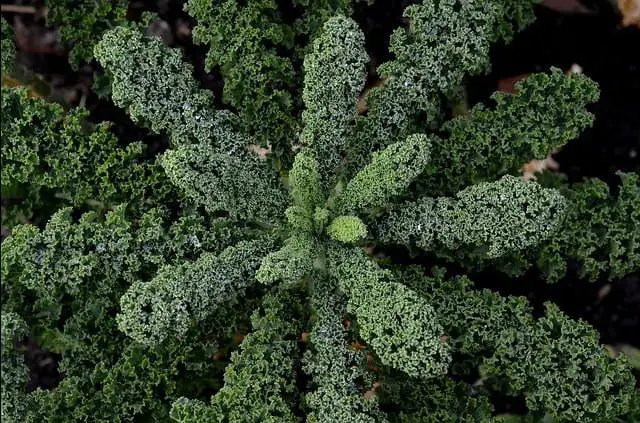
Herbs that Do Well at High Elevation
Several herbs do well at high elevations. Herbs that mature in less than 80 days and are started indoors tend to do the best.
Some good options include:
- Basil – This herb is easy to grow and does well in containers. It can be used in both culinary and medicinal applications.
- Chives – Chives are another easy-to-grow herb that does well in sunny locations and overwinters well. They have a mild onion flavor that makes them perfect for adding to recipes or using as a garnish.
- Mint – Mint is a versatile herb that can be used fresh or dried. It grows well in moist soil and partial shade.
- Oregano – Oregano is a common culinary herb that can be used fresh or dried. It grows well in sunny locations and fairly dry soil.
- Parsley – Parsley is a popular herb that does well in cool weather. It can be used fresh or dried and has a wide range of culinary uses.
How to Grow Vegetables at a High Altitude
Growing vegetables at a high altitude can be challenging, but it is possible with some careful planning. One of the most important things to do is to determine your frost dates. This will help you choose plants that will mature within your specific growing season (usually 60 to 80 days).
Next, you’ll need to match your chosen plants with the different growing conditions on your property. Some will need drier soils, others might benefit from planting next to large stones to take advantage of their residual heat from the sun. Others will need wind protection.
Lastly, you need tools to protect from early and late frosts.
Early frosts can be beaten by starting some seeds indoors and transplanting along with using protective sheets.
Some seeds do great when started indoors like various herbs. Others, like peas and pole beans, need to be directly planted outside and hate transplanting.
Sheets or cold frames may be used to combat late frosts. In general, cold frames are a fantastic investment for extending your season as a whole.
How to Determine First and Last Frost Dates for Your Area
There are a few ways to determine the first and last frost dates for your area. One way is to contact your local cooperative extension service. They will usually have this information on hand and can help you specifically for your region. Another way is to look online at national websites like the Farmer’s Almanac. These may not be as specific to your area but can give you a general idea.
To get a more accurate idea of your local area, you could also ask other gardeners who have lived in the area for a long time.
Choosing Where to Plant
Vegetables need at least six to eight hours of sunlight per day. The best place to plant them is on a south-facing slope that gets lots of suns and on soil that’s been amended with organic matter.
Vegetables also need protection from wind, especially in the mountains, so make sure you site them near a fence or building, or in a windbreak of some kind.
Don’t be afraid of large rocks or even planting near rock walls. These absorb heat from the sun during the day and radiate it during the night making a warmer microclimate.
Where to Find Short Season Seeds
If you’re looking for short-season seeds, one of the best places to check is your local gardening store. Many times, these stores will have a section devoted to short-season seeds, or they may have a separate section for spring and summer planting.
Another option is to search for short-season seeds online. Many websites sell these types of seeds, and you can often find them at a discount if you purchase them in bulk. When checking online sources, be sure to read the reviews before purchasing anything so that you can be sure you’re getting what you want.
Finally, and probably the best option for finding short-season seeds is to ask fellow gardeners where they get theirs or get seeds saved from their gardens.
Seeds To Start Indoors at High Elevation
Carrots, herbs, cabbage, and leafy greens should be started indoors. They handle transplanting well and will thus avoid any damage from early frosts.
Beets are cold tolerant and can be started indoors or outdoors. We recommend trying outdoors first to avoid the work of transplanting them and disturbing their roots.
Seeds To Start Outdoors at High Elevation
Certain plants like radishes, turnips, peas, and pole beans hate to be transplanted and should always be started outdoors.
Potatoes also should be started outdoors.
Conclusion
In conclusion, many different vegetables can be grown in high elevation areas. It is important to choose the right seeds for your area and to start them at the correct time of year. With a little bit of planning, you can have a successful garden full of delicious vegetables.


